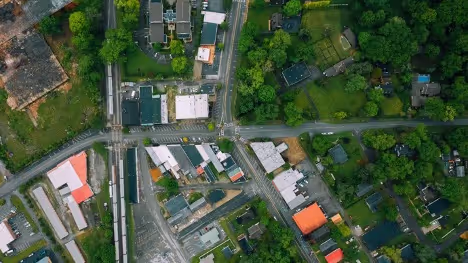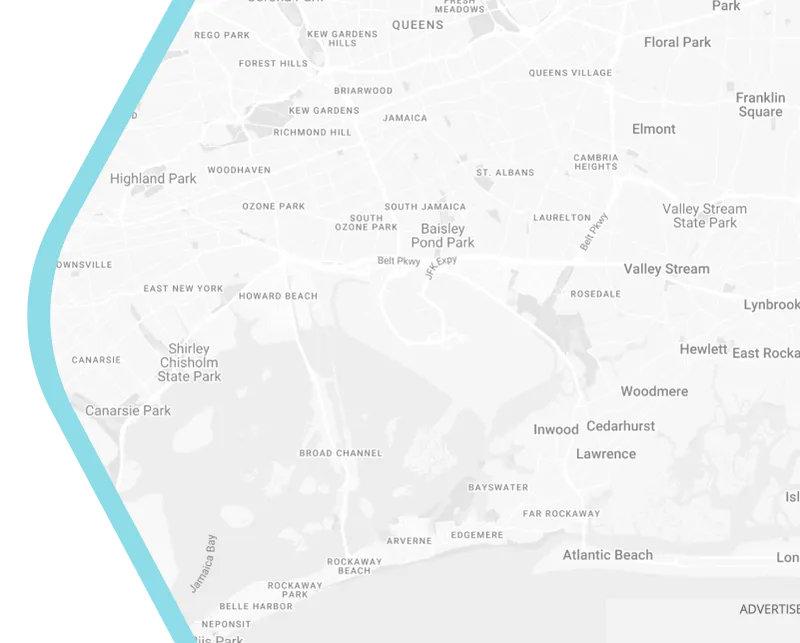
Urban Planning Strategies to Improve Subjective Well-being
Mouratidis (2021) study revealed that the quality of our built environment, including in cities influence our subjective well-being.
Explore our collection of resources on smart city trends, case studies, and expert insights.


Mouratidis (2021) study revealed that the quality of our built environment, including in cities influence our subjective well-being.

Study by Mouratidis (2021) explain the theoretical and empirical evidence on how the built environment that city established can influence and shape the subjective well-being (SWB) of its citizen. In this case the SWB is described as combination of three aspects, life satisfaction, emotional well-being and eudaemonia (meaning in life).

One important strength in embracing the Smart City concept is benefitting the open knowledge and collaborative principles in the effort of improving the quality of life of the city. Partnerships and collaboration among smart cities allow the local government to learn from each other case studies and implement the best practice in their own cities.

Previous article has explained Li et al. (2022) findings on the six factors that supports the policy transfer between smart cities. Further, this study recommends three action points that local governments can take to accelerate the process of policy transfer for the development of local smart cities.

To embrace urban transformation toward smart city development, the local government needs to not only prepare the installation of ICT. Smart cities also benefit from strengthening the city's physical and social readiness to acquire optimal growth.

Digital and data technology are often seen as the key ingredients of smart city development. Yet, many cities come across roadblocks when establishing their smart city only by adopting the latest technology. Often the technological reliance has only created additional complexity related to data management, security and governance.

Universal Design is a design approach with the objective of creating suitable use of space, product, and environment that everyone in the society can understand, access and use easily. It does not aim for a certain group of disability but serve as much of different users as possible.

The implementation of smart technologies in the city expected to promote connectivity and accessibility to public services for everyone. However, in reality, there is a disparity of accessibility to digital infrastructure for various socio-economic groups.

Fiscal constraint that smaller cities usually face in the adoption of Smart City is the inadequate scale given their size and reduced purchasing power. Case studies of small and rural municipalities in Canada show a way to address this challenge through municipal collaboration.

Spicer et al. (2021) found that the main narrative in Smart City development focus on larger urban areas as the framework targets to solve problems such as congestions, pollution, and population growth. Smaller cities or rural communities are often overlooked in the discussion, despite them also could greatly benefit from the adoption of Smart City.

An international comparison of 25 cities, suggests that there is a need for capacity building in enhancing urban planning that promotes public health. Despite the consensus of the importance of healthy and sustainable cities, this aspiration lacks the support of measurable policy targets in the case of these 25 cities.

The design of our cities determines our health as the design influence our urban lifestyle. Urban sprawl, a city design and planning that separate different land use such as housing, offices, recreational facilities, retail stores, etc, have been proven to be detrimental to the public health.

Road diet is a technique to redesign the street configuration that reduces the number of vehicular lanes. The most common road diet practice is the reduction of two lanes of two-way roads that is converted into two lanes of two-way roads with an additional third lane in the centre used as a turning lane.

Reconfiguration of road design that reduce the number of lanes, or Road Diet is an approach that is widely used to improve traffic safety on the road. A study of 36 segment sites and 39 intersections by Lim and Fontaine (2022) showed that the implementation of Road Diet reduces the number of car crashes and improve the road safety for pedestrian.

Road infrastructure takes up a significant proportion of the land use in cities. This city infrastructure is essential for the mobility of people and good, yet the default program of it today is mostly centred around the use of automobiles.

The adoption of Complete Street has been proven to create safer streets for all road users of all abilities from various transportation modes. Complete Street have transformed cities to shift towards sustainable transportation by prioritising non-motorised modes of transport. Nonetheless, the implementation of this concept may not be universally successful.

City of Ithaca, New York sets out an ambitious vision to be eliminate or offset all carbon emission by 2030. This 2019 vision is followed by a US$ 100 million plan to climate proof this municipality. One method that the policymakers in Ithaca use to help achieve the ambitious goal is to create a Digital Twin of the city.

City development requires iterative process of planning, implementing and evaluating various policies and strategies. This encourages smart cities around the globe to adopt Digital Twin technology, an exact copy of a city created as a virtual model.

Roads that are planned and designed for cars are dangerous for other commuting forms of cycling. This is due to the fact that there are many points of conflict between these two forms of road users. Cars and bicycles also use the road differently, the speed and masses of the car users and cyclists make them incompatible to be gathered in the same road network.

The World’s Health Organisation estimates that there are 50 million injuries and 1.35 million deaths caused by road accidents every year. The Safe System is a widely used concept for road transport systems that put forward the reduction of the injuries and deaths of road accidents as its safety goal.

Data in Greece shows that elderly citizens account for 29% of total road fatalities and 58% of that occurs in the urban areas. Physical vulnerabilities and functional limitation of their age makes the elderly population susceptible to this road fatalities.

From the analysis of over 14 years of police reported crash from South Australia (SA) and New South Wales (NSW), Doecke et al. (2018) concluded the safe speed limit to reduce the fatality of various traffic crashes in the urban area. The study strongly suggests the correlation between increasing speed of vehicle to the injury severity of crashes.

Siokas et al. (2021) maps, evaluate and analyse local municipalities strategic action that contributes to the success of Smart City. First, the study found that having digital tools and infrastructure is significant for the success of the adoption of Smart City model.

In the implementation of Smart City, people with disabilities may experience inequality of access to information as Smart City includes massive transformation of digitalisation of many information and services. Exclusion from the Smart City may take the form of inaccessibility to affordable & reliable broadband connection, lack of digital literacy, inadequate technical support or even online content that are not designed to be easy to access and engaging for the people with disability.

Implementing smart city strategy benefits the local government in accelerating various sector of urban management. Smart City can certainly reduce the cost, maximise efficiency, foster economic development and enhance the quality of life.

Razmjoo et al. (2021) believe that implementation of Smart City not only minimise the challenges that massive urbanisation imposes but also promotes urban development that are also sustainable. Through studying the transportation and energy system in the city, the study found 5 categories of barriers that every city should investigate to accelerate the development of their smart city, which are, Governance (G), Social (S), Technology (T), Environmental (Env) and Economic (Ec).

Despite many international or national push for smart city development, it is the local context, constraint and enablers in a specific municipality that determines the degree of innovation a city will have. A study examines 22 smart cities in Switzerland to find out what elements of a city that are significant in the development of its Smart City vision.

Evidence from 282 cities in China in the span of 2009 to 2017 indicates that smart city implementation supports the improvement of urban resilience, particularly in the urban economics resiliency and social resiliency. Zhou et al. (2021) provide three recommendation for their study findings to increase urban resilience through smart city development.

Cities are expected to generate up to 2.2 billion tonnes of solid waste in 2025. City of Glasgow takes an initiative to create a more sustainable production and consumption value chain by embracing the Circular Economy Concept.

Every year thousands of tonnes of electronics, furniture, household appliances and clothing pieces are thrown by urban dwellers. Many of these items were not being processed properly or recycled and ended up in the landfill. These items are also likely being tossed just because they are slightly damaged.

Online Workshop
This workshop is ideal for tech startups and Smart City equipment suppliers to understand use cases for products and services. Sign up today for and interactive and informative workshop where you will learn what is a smart city and how to write and delivery smart city strategies learning from international examples. Participants will receive a certificate of completion at the course.

Auditorium Sekolah Tinggi Multi Media “MMTC” Yogyakarta and online
The 11th International Conference on ICT for Smart Society (ICISS) 2024, is a scientific meeting in the field of Information and Communication Technology (ICT), wherein researchers and practitioners can disseminate the results of their current research and discuss current issues in the field especially problems in the Smart System as an Integrated Platform, Smart System for Safety and Security, Smart System Implementation and Smart System for Sustainability & Resiliency.
